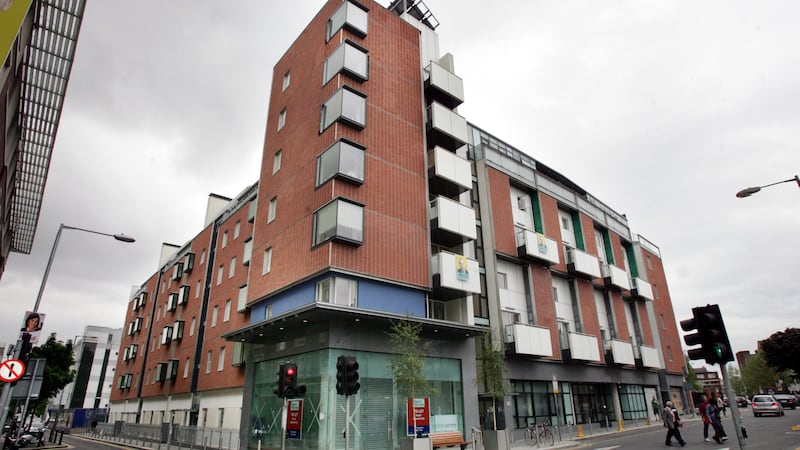But Where Can I Go? was the title of a book published by Sr Stanislaus Kennedy 40 years ago which looked at the experiences of homeless women in Dublin.
This was at a time when there were 10 new homeless women arriving to hostels each week in the city and another 700 women known to be homeless but not using such temporary accommodation.
It was a book informed not just by academic research, but self-portraits by some women affected by homelessness, including a teenager who had to battle to get £33 a week from the State so she could sit her Leaving Certificate after a childhood in residential care; the only alternative she saw was prostitution.
This research project was one stimulus for the foundation of the Focus Point organisation by Sr Stan that evolved into Focus Ireland, to provide help with finding a home and to advocate for the homeless.
READ MORE
Sr Stan’s book was launched by then taoiseach Garret FitzGerald in 1985, and he paid the tributes that politicians always paid to her, and continued to do so for decades, as evidenced by the numerous accolades voiced following her death this week.
FitzGerald said in 1985 “we are once again all in Sr Stan’s debt ... all of us who one way or another are concerned with the social problems of this country are aware of the immense and varied contributions that she has made to the problems of poverty”.
[ ‘She was our why’: Sr Stan remembered by Focus Ireland cafe staffOpens in new window ]
FitzGerald also insisted she would “always have my support and I hope the support of every government. I hope she will also continue to express her dissatisfaction with the fact that she never gets as much support as she would like from any government.
“She has never been inhibited in that either. She bites the hands that feed her, but our hands are there to be bitten in this cause ... we are happy to put up with her dissatisfaction and her complaints, all of which are well merited and well justified.”
That was another big part of the problem. The approach of Sr Stan and others in the voluntary sector provided a degree of cover for statutory failings; social justice could be outsourced to the campaigning religious.
Earlier that decade, Sr Stan had published a study under the title One Million Poor – The Challenge of Irish Inequality, and her work was a consistent reminder of the gulf between statutory and voluntary social services. She had been centrally involved in the initiative of Peter Birch, the Catholic Bishop of Ossory, to develop the Kilkenny Social Service Centre in the 1960s which she directed, and the School of Social Education, which was launched in Kilkenny in 1971.
The determination to link spiritual and social welfare, infused with a mission of a more active Catholic outreach, in the spirit of the Vatican II reforms, was not always popular within the Catholic establishment, but Birch had long warned of his church being “closed to advances by a blind devotion to tradition”. Yet as Charles Mollan, the founder of the Children First organisation in the late 1970s, put it, when reviewing the work of Sr Stan in the 1980s, “we praise her as is her due. Then we sit back and feel good.”
Sr Stan did not envisage her organisation would be a permanent fixture. As she was to recall, “back in 1987, the International Year of Shelter for the Homeless, I was hopeful we would be able to defeat homelessness in Ireland within a few years”.
But in 1995, marking a decade of Focus Point, she warned that women with children were the fastest growing homeless population in Ireland, with 700 women and 2,000 children a year seeking accommodation in Dublin alone. She also highlighted that in 1993, £273 million had been spent on grants and subsidies for the private home sector, more than double the amount spent on local authority and voluntary housing.
In 2015, Sr Stan was back to the fray, decrying the absence of a “coherent national housing policy”, with housing lists that were three times longer than 20 years previously, with, at that point, 90,000 people seeking a home. And on it went.
But she could also point to the potential apparent during the Covid pandemic when both statutory and voluntary groups worked together to ensure a reduction in the number of homeless, bolstered by a temporary ban on evictions and rent freezes.
As to her preoccupations in the 1980s, there was undoubtedly much progress in relation to alleviating poverty – yet in a rich country at the time of her death, figures from the Department of Housing revealed that 16,614 people were living in emergency accommodation, including 5,238 children.
Of the adults who accessed emergency accommodation, 71 per cent were living in Dublin, with Sr Stan’s question from 1985 – where can I go? – reverberating louder than ever.















